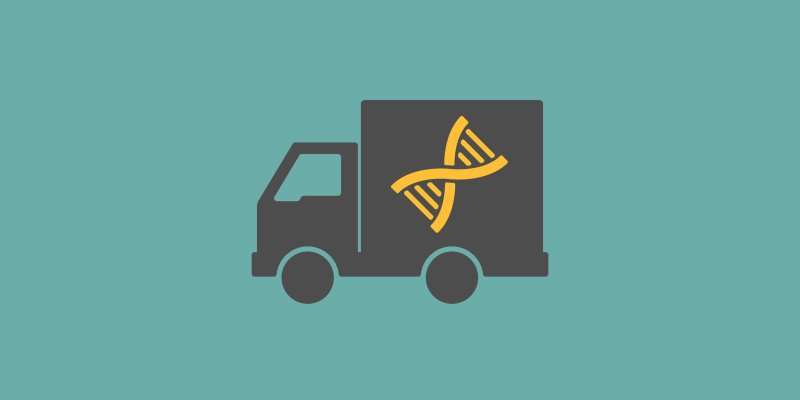Crispr, the promising new gene editing technology, promises to eradicate the world of human suffering—but for all the hype and hope, it hasn’t actually cured humans of anything, yet. Medical researchers have the cargo, now they just have to figure out the delivery route.
…
[The] first clinical forays involve removing cells from patients’ bodies, zapping them with electricity to let Crispr sneak in, then infusing them back into their bodies, to either better fight off cancer or to produce a missing blood protein. But that won’t work for most rare genetic diseases—things like cystic fibrosis, Duchenne’s muscular dystrophy, and Huntington’s. In the 34 trillion-cell sea that is your body, an IV bag full of Crispr’d cells simply won’t make a dent.…
[F]or now, most Crispr companies are taking more of a “whatever works” approach, borrowing mostly from gene therapy’s few success stories. One of those is a small, harmless helper virus called AAV, well-suited for carrying genetic instructions into a living cell...
[O]nce it ferries Crispr inside a cell, there’s no good way to control its expression. And the longer Crispr hangs around, the greater the chance it could make unwanted cuts.…
The gene editing world is filling up with products to deliver—but even Amazon needs UPS.
Read full, original post: What good is CRISPR if it can’t get where it needs to go?































